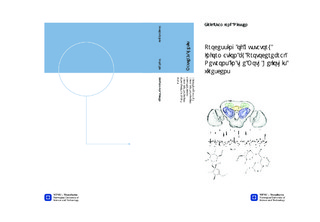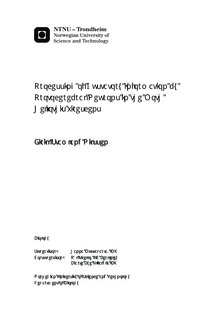| dc.description.abstract | Insects are guided to potential host plants by visual and olfactory signals. Upon arrival they encounter various taste stimuli, ultimately deciding whether the plant is a proper food or oviposition source. The detection of gustatory stimuli by contact chemosensilla has been studied in several insect species, and intracellular recordings from neurons in the subesophageal ganglion (SOG) in Heliothis virescens have revealed responses to several taste qualities mediated by different appendages. However, how the gustatory information is further processed in higher gustatory areas and how it may lead to taste-related behavior is poorly understood. Important questions are where gustatory neurons project in the protocerebrum and how they process information mediated by different appendages, i.e. the coding of taste identity and location. These topics were investigated in the present study using intracellular recordings combined with fluorescent staining techniques. The recordings were carried out in vivo from single neurons in the protocerebrum of the moth Heliothis virescens, while concurrently stimulating the contact chemosensilla of the antennae and the proboscis with gustatory and mechanosensory stimuli. The protocerebral neurons showed large diversity in their response tuning breadth, some responding specifically to one tastant applied at one appendage, whereas others responded to several tastants applied at one, two or three appendages. Some of the neurons were successfully stained, all of them partially or entirely located in the protocerebrum. In addition, some of the neurons targeted the SOG/tritocerebrum, the antennal mechanosensory and motor center (AMMC) and the antennal lobes (ALs). The present results point to different processing streams of taste information in the protocerebrum, where the narrowly tuned neurons seem to participate in a labelled line (LL) and the others in an across fiber pattern (AFP) mechanism. Moreover, the important role of the gustatory system for influencing behavior is substantiated by the widespread gustatory innervation of the protocerebrum. These projections suggest a role for the gustatory system in modulating the activity of other sensory systems, in addition to the coding of taste information. | nb_NO |

